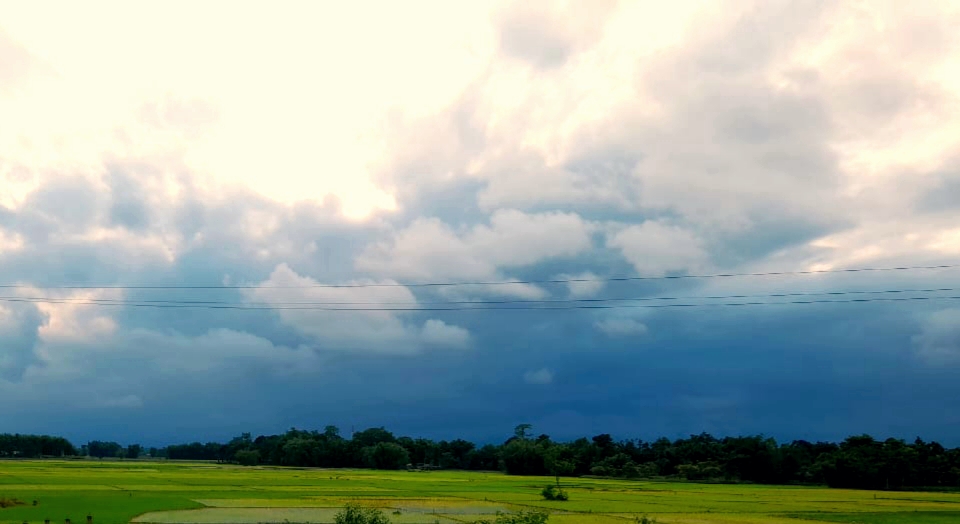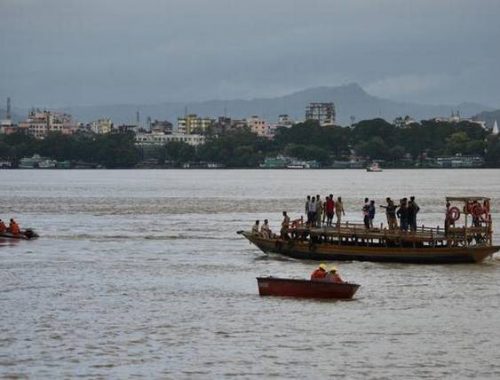Rice Cultivation in Assam
Photograph by Rihaana Akhtar
In Assam, rice is the most significant crop. It covers 2.54 million ha of the state’s gross cropped area of 4.16 million ha and accounts for 96% of the state’s total food grain production. Assam is well-known for its extensive rice genetic diversity. Rice cultivation under a variety of agro-ecological settings has resulted in the formation of a variety of strains with specialized adaptations over time, thanks to natural selection and farmers’ discretion.
The state’s physical characteristics, geographical position, and historical reality have resulted in ethnic mobility and immigration, which has resulted in the introduction of several types of rice genetic stock over time.
The state has three rice-growing seasons due to agro-climatic variance, seasonal variations in temperature and rainfall, and agriculture’s reliance on natural precipitation.
Based on six zones namely Upper Brahmaputra Valley Zone, North Bank Plain Zone, Lower Brahmaputra Valley Zone, Hill Zone, Central Brahmaputra Valley Zone and Barak Valley Zone.
Rice Varieties:
Flood Tolerant Rice Varieties include BINA Dhan 11, Ranjit-Sub1, Bahadur-Sub1 and Swarna-Sub1.
Drought Tolerant Varieties include DRR Dhan 44 and DRR Dhan 46.
Premium Quality Rice Varieties include DRR Dhan 45, Bokul Joha, Keteki Joha (IET – 14390), Kola Joha, Joha (aromatic) rice, CR Dhan 909, CR Dhan310, RNR 15048 and Zinco Rice by Chintu Das



